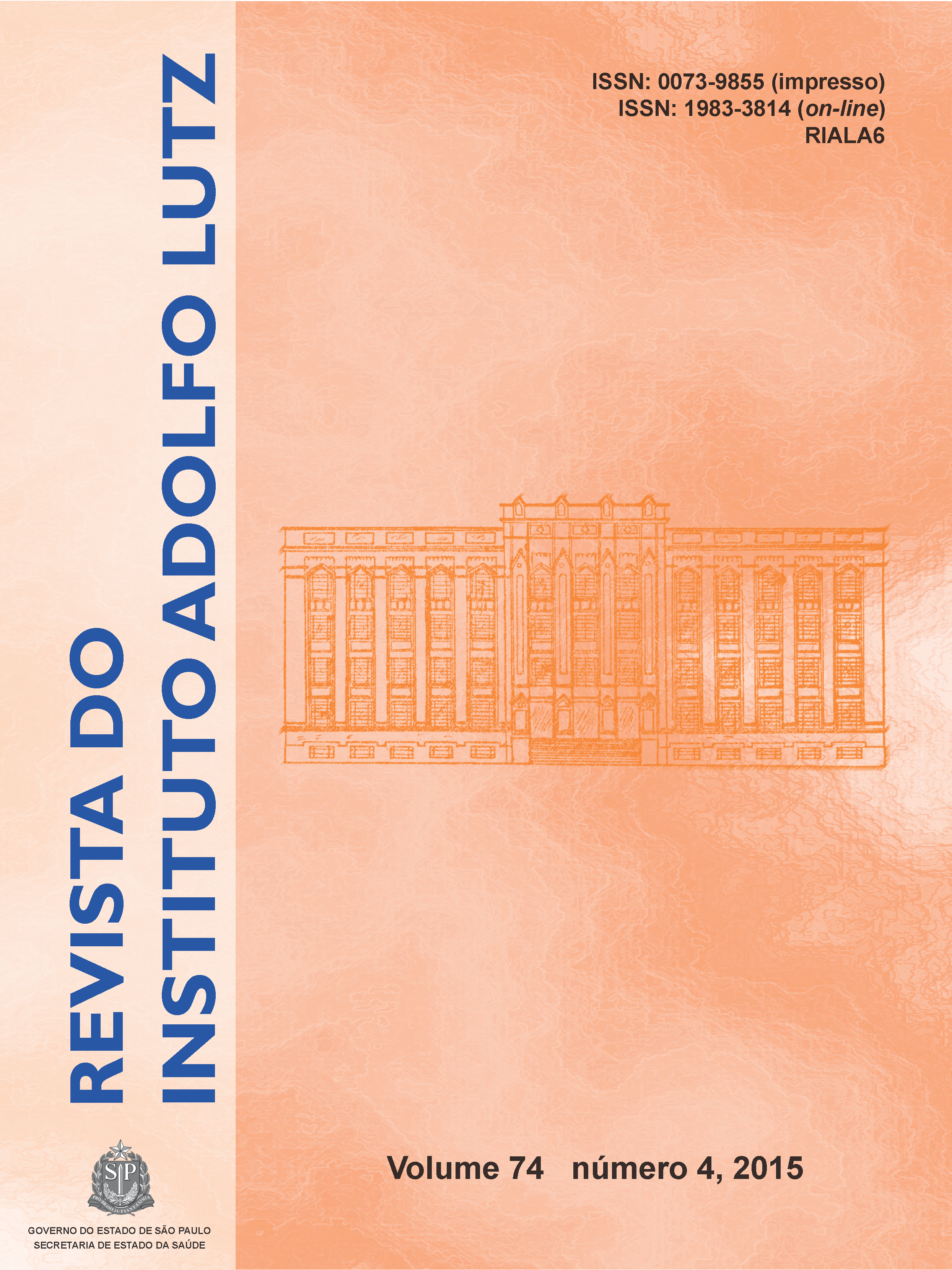Microbiological quality of garlic (Allium sativum) produced and sold in public markets
Keywords:
bacteria, molds, condiments, toxigenic fungi, microorganisms
Abstract
Considered as a functional food, the garlic contributes for improving the metabolism and for preventing the health problems. Allicin, its main compound, is responsible for the majority of pharmacological, antioxidant and antibiotic properties, and for combating fungiand bacteria. The objective of this work was to assess the hygienic and sanitary quality of garlic originated from the micro-region of Picos/PI. For conducting this study, the following samples were collected: 35 garlic specimens produced in Picos, and 15 imported garlic samples for sale at the town market and sent to the NUEPPA/UFPI Laboratory. The analyses were performed by following the Normative Instruction 62. Regarding to the total and thermotolerant coliforms, the garlic samples showed no statistical difference. The presence of fungi of the genus Absidia spp, Alternaria spp, Aspergillus spp, Chrysonilia spp, Cladosporium spp, Moniliella spp and Penicillium spp were detected in samples from the both sources. The samples produced in Picos showed satisfactory hygienic and sanitary conditions. Among the imported garlic samples, only one showed unsatisfactory conditions. Nevertheless, it is worth to remark the occurrence of different fungi genera in the analyzed samples, which suggests that it needs a substantial attention in the foods storage and preservation.
Published
2016-08-26
How to Cite
Fontenele, L. M. dos S., Azevedo, M. L. X., Cardoso Filho, F. das C., Muratori, M. C. S., Sá, L. R. S. de, & Pereira, M. M. G. (2016). Microbiological quality of garlic (Allium sativum) produced and sold in public markets. Revista Do Instituto Adolfo Lutz, 74(4), 420-425. Retrieved from https://periodicoshomolog.saude.sp.gov.br/index.php/RIAL/article/view/33495
Issue
Section
ORIGINAL ARTICLE










